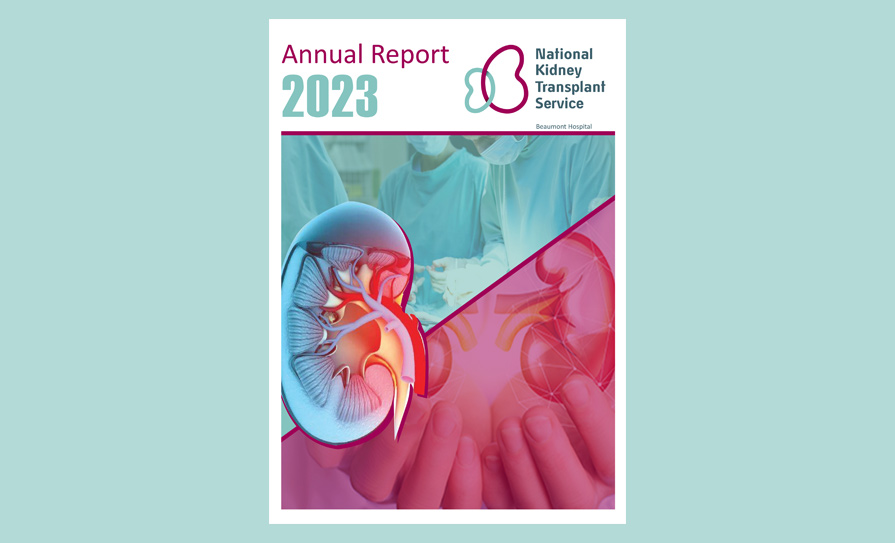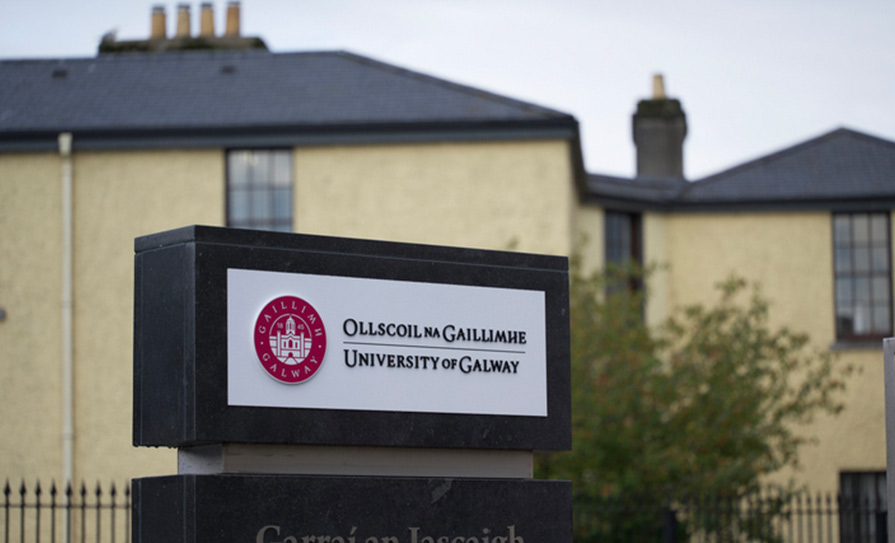While classed as a rare autoimmune disease, Behçet’s is far more prevalent than the literature suggests, according to Prof Robert Moots, Professor of Rheumatology, Liverpool Behçet’s disease Centre of Excellence at Aintree University Hospital, UK.
“We have more than 250 patients alone coming to the clinic in Liverpool so it is more prevalent in the UK than thought, and I’d say the same for Ireland. In some countries it is more prevalent, like Mediterranean countries, the Middle East, Japan, and in Turkey it is more common than asthma.”
Giving a tour-de-force lecture on the management of Behçet’s at the ISR 2019 Autumn Meeting, Prof Moots acknowledged that diagnosis is difficult, which is not helped by having a number of different diagnostic criteria. He noted that coeliac disease presents similarly to Behçet’s, as does Crohn’s disease in children, so exclusion is important in a correct diagnosis. Recurrent painful mouth and genital ulcers, as well as eye and skin inflammation (ie, rashes) are key symptoms. Prof Moots said he favours the 1990 International Study Group criteria.
However, he added: “It is complicated. We do sometimes make diagnoses of Behçet’s without any ulceration very occasionally just on highly specific ocular features.”
Continuing, he said that when thinking about vasculitis, which causes the prime features in Behçet’s, it should be noted that it can affect any size of artery as well as veins.
The aetiology of Behçet’s remain unknown, however. “It is certainly multifactorial. When we look at strategies for treating Behçet’s we have some drugs that target a certain part of the immune system, which works for some people, and drugs that target a totally different part of the immune system work in other people. Again, it is complicated.”
Treatment-wise, Prof Moots said: “ It is currently more eminence based than evidenced based and that is really bad…. We are decades behind what we can do today for rheumatoid arthritis”.
However, he advocated for a multidisciplinary team (MDT) approach.
“Behçet’s patients with any kind of eye symptoms need to see an ophthalmologist who is experienced in inflammation,” he said, adding “really, the key thing is controlling inflammation rapidly with high-dose pulsed IV steroids.”
Biologics (anti-TNFs, particularly infliximab and also etanercept in UK experience) can give good results, as have autologous peripheral stem cells transplants in suitable patients, Prof Moots reported. He stressed the need to avoid anticoagulants in these patients, given the risk of aneurysms, as it can be very dangerous, “though if you’ve scanned and there are no aneurysms and it is clearly large-vessel disease, then you could possibly get away with anticoagulation.”
Concluding, Prof Moots said: “We still don’t know what causes Behçet’s and we need to get our act together to treat it better. I think MDT clinics in areas of expertise are important, and in the UK , outcomes are already improving for patients with Behçet’s.”













Leave a Reply
You must be logged in to post a comment.